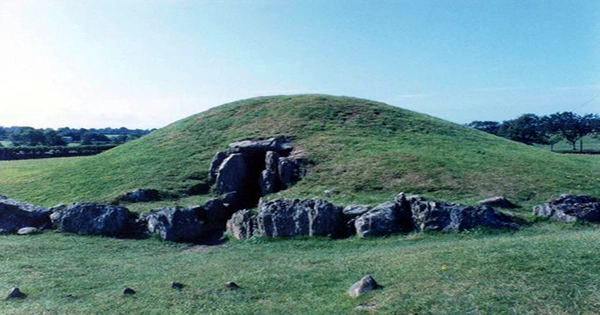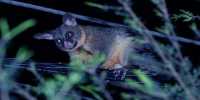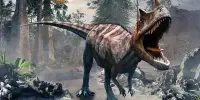Five generations of one family were discovered buried over the span of a century in a 5,700-year-old tomb. The discovery sheds new light on familial networks in Britain shortly after the beginning of farming — even the positioning of the remains indicates a lot about how society constituted at the period. The Hazleton Long Barrow contains the bones and teeth of numerous people, with 35 of them well preserved enough for scientists to sequence their DNA. The findings, which were published in the journal Nature, revealed that 27 of them were linked. The majority were descended from a single patriarch who had at least four wives.
In a statement, lead geneticist Dr. Iigo Olalde of the University of the Basque Country and Ikerbasque said. “The excellent DNA preservation at the tomb and the use of the latest technologies in ancient DNA recovery and analysis allowed us to uncover the oldest family tree ever reconstructed and analyze it to understand something profound about the social structure of these ancient groups.” The Barrow consists of a long spine with L-shaped rooms to the north and south, each containing several corpses.

“One remarkable discovery is that each of the two sections of the tomb was originally used to lay the bones of the dead from one of two branches of the same family,” stated Newcastle University’s first author, Dr. Chris Fowler. “This has broader implications since it shows that the architectural structure of other Neolithic tombs may reveal information about how kinship functioned there.” The barrow comprises three of the four women with whom he had children, six of those children (two from the missing mother), seven grandkids, three great-grandchildren, and one great-great-grandchild, in addition to the founding father.
Three “stepsons” – males whose mothers were buried in the tomb but who were not descended from the family on the male line –were buried in the barrow with a woman who appears to have married into the family. Dad buried his two companions on the north side of the barrow. It’s unclear if being buried on the north side signaled any special status, but most boys buried on the same side as their mothers, and succeeding generations typically followed suit.
There are exceptions: two of the family’s daughters who died in childhood also buried on their maternal side, Adult women descending from this line, on the other hand, not found here, which the authors take as a sign that they migrated away.
“There have been practically no multigenerational families where the exact connections of all the people have been uniquely defined,” the research adds, despite the sequencing of thousands of ancient DNA samples from siblings or cousins. This find is notable, but with so many other lengthy cairns around, it may not be for long. One lady, whose DNA has not been discovered, had children with both one of the patriarch’s sons and one of his grandchildren via a different mother, as a present to screenwriters.
There are five men and three women in the barrow, none of whom appear to be linked to the others. The women may have married family members but produced no sons, but the existence of the males implies that adoption was frequent. According to the report, “anthropological investigations have made it evident that kinship — the bonds of familial connection and belonging that play a crucial role in organizing societies – vary substantially between cultures.” “It was hard to conceive just a few years ago that we would ever know about Neolithic family structures,” said Dr. Ron Pinhasi of the University of Vienna, “but big tombs like these might change everything.”













